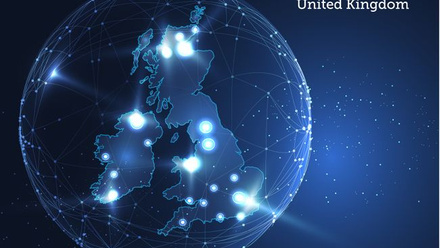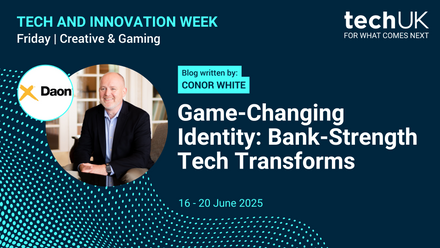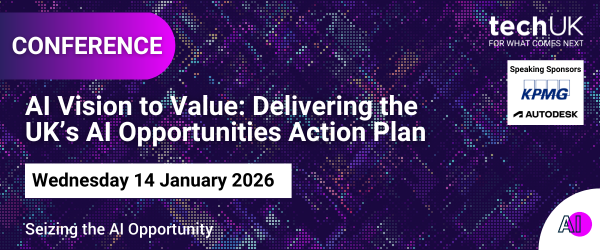Reimagining CX: Start With the Customer Perspective
A 2020 McKinsey survey found that 90% of executives believe the COVID-19 crisis will fundamentally change the way they do business during the next five years – and a lot of those changes involve reimagining the customer experience (CX). A recent scan of company strategic plans confirms some bold aspirations in this regard:
- A telecommunications company wants “a complete reset of customer experience” and plans to step up its focus on automation.
- A major bank is eager to “provide customers with one of the best digital experiences of any company globally.”
- A retail enterprise plans to “accelerate digital and improve ecommerce, customer experience, and operating efficiency.”
These are significant, and worthy, goals. Moreover, there has never been a better time to focus on customer experience given the enormous advances in technologies like intelligent automation, machine learning, and advanced analytics. But a word of caution for these companies, and any others planning on digital transformation projects: proceed thoughtfully and carefully. The reality is, as much as 70% of digital transformation projects fail.
Wipro has immense experience applying today’s technologies to the challenge of digital transformation, including the use of intelligent automation to transform the customer experience. Here are three practical steps for enterprises with transformative CX goals:
1. Define and document the current end-to-end experience
Start by defining and mapping customer journeys in the language customers would use as they describe their needs: Get a loan so I can buy a house. Transfer my service to a new address.
Change owner of mobile phone service to my son.
Meeting these kinds of needs requires multiple touchpoints and departments and, for companies that weren’t “born digital,” typically relies on a mix of manual and automated processes that have evolved over time. These tend to be highly people-dependant – which means lots of opportunities for things to go wrong, and difficult to optimise.
Customers don’t care which department handles what; they just want the job done. Mystery shopping, getting customer feedback, and spending time in the contact centre can generate insight into the customer journey “as is.”
As part of this step, benchmark delivery of the experience again from the customer’s perspective. Forget “inside out” metrics such as Average Handling Time (AHT), abandon rate, and first contact resolution. Instead, think “outside in” metrics such as end-to-end resolution time, “one and done,” customer effort, and failure/rework rate. This will strengthen the enterprise’s focus on customer purpose, deepen understanding of key friction points, and increase clarity on customer expectations and business objectives.
2. Reimagine the end-to-end experience from the customer’s perspective
A thorough knowledge of the “as is” state leads to the second step: reimagination. It’s also hugely valuable to explore what “good” looks like across a range of industries, locally and globally; customer expectations are set by their experiences across industries.
Next, take an “art of the possible” approach to reimagine the experience unencumbered by legacy ways of working and departmental boundaries. This is transformative; it can (and usually does) entail a complete rewiring or reinvention of the enterprise. Senior executive support is critical to be successful in breaking down boundaries and ensuring a strong, top-down design approach. Targeting step-change improvements in metrics will often require challenging deep-seated compliance and legal requirements so be sure to gain support from legal and compliance teams early.
Digital will be front and centre of the new experience. This makes it important not to fall into the trap of assuming “omnichannel” means that every channel must support the customer. The best experiences are deliberately designed interactions that “just work.” For example, interactions that start over the phone can be seamlessly shifted to digital channels using interactive messaging. A request to change ownership should lead to a well-designed online form supported by a workflow requiring completion by all relevant parties.
3. Redesign the way the work is done
New experiences inevitably mean redesigning the operating model. They will also generally entail technologies like intelligent automation, machine learning, and advanced analytics in an integrated, well-sequenced way that leads to step-change improvements in revenue, customer experience, and costs.
This may seem obvious, but it’s worth repeating: Don’t implement technology for technology’s sake. Some enterprises may feel the pressure to do something – “let’s get some AI into our operations” – but without a clear purpose in mind. The best way for advanced digital technologies to be effective and deliver real value is by having them complement and augment human capabilities, not replace them.
Advanced technologies can deliver transformation – the kind that’s more and more important in a competitive world where CX may offer the most compelling competitive differentiation. So start transforming with a CX-driven vision of the future, and keep the customer in focus every step of the way.
Further reading:
https://wiprodigital.com/cases/empowering-a1-telekom-to-reinvent-itself-with-digital-transformation/

Rory Daniels
Rory joined techUK in June 2023 after three years in the Civil Service on its Fast Stream leadership development programme.

Ella Shuter
Ella joined techUK in July 2025 as Junior Programme Manager for Emerging Technologies.

Laura Foster
Laura is techUK’s Associate Director for Technology and Innovation.

Elis Thomas
Elis joined techUK in December 2023 as a Programme Manager for Tech and Innovation, focusing on Semiconductors and Digital ID.








